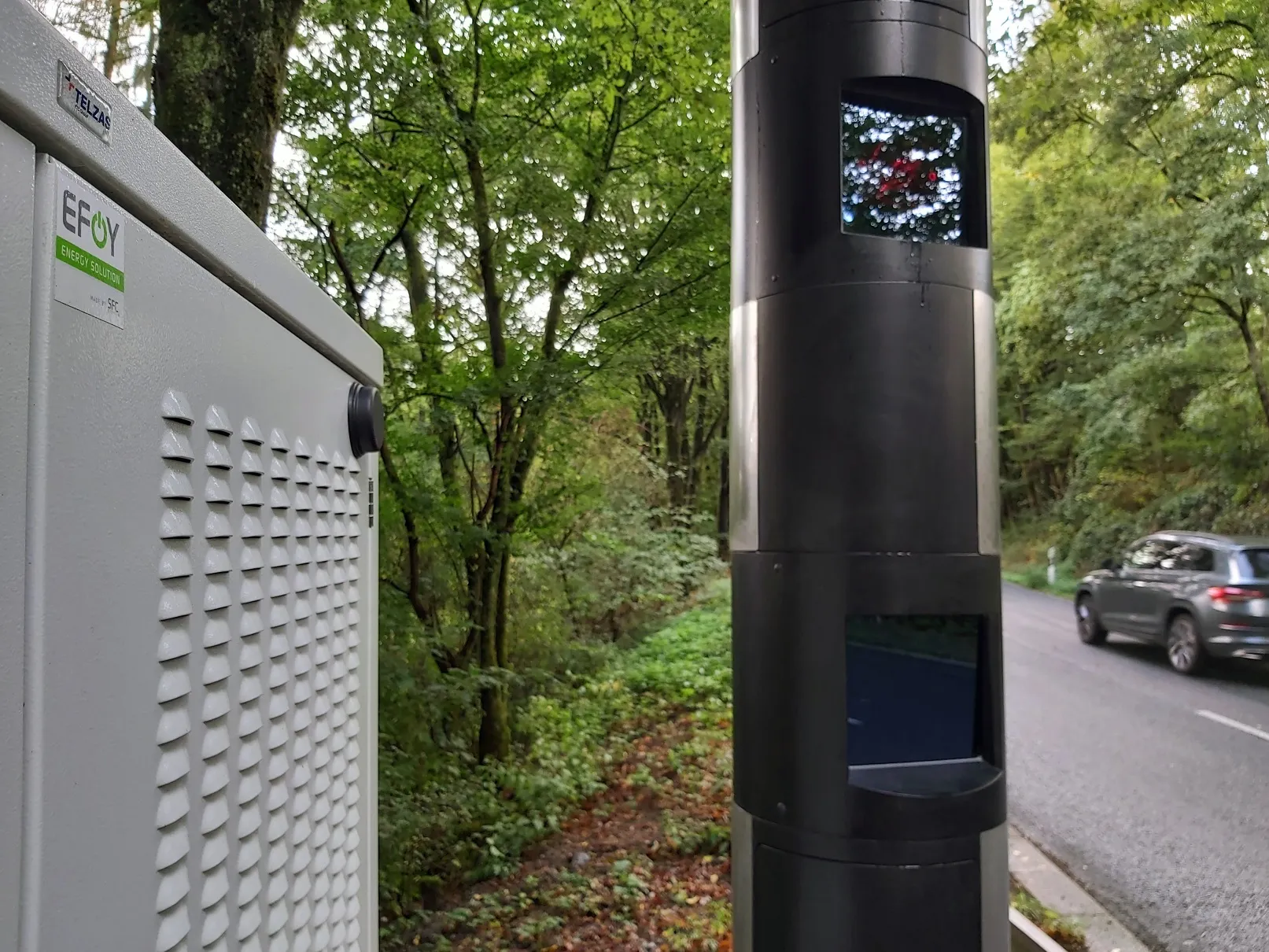Jenoptik is strengthening its activities in the South American market with the formation of Jenoptik do Brasil which will be located in São Paulo. The Industrial metrology division is expanding its service offering as a first step and positioning itself more closely to its South American customers in the automotive and automotive supplier industry. ”By opening up another key region we are consistently pursuing our approach of being close to the customer through having our own local presence,” said Jenoptik
June 13, 2012
Read time: 2 mins
”By opening up another key region we are consistently pursuing our approach of being close to the customer through having our own local presence,” said Jenoptik chairman Michael Mertin. The Jenoptik industrial metrology division will start off the process, opening up another key location of the global automotive industry. In this context, Jenoptik will primarily build on the division’s global presence which will enable it, as part of the Group, to target major international projects.
In the Americas (north, central and South America) Jenoptik posted sales of almost US$93 million in 2011. These are currently being generated mainly in North America. “We plan to achieve proportionally higher growth both in Asia as well as in America and to double our sales in these regions over the medium term”, stated Mertin, adding that the Group will be focusing not only on North America but on South and Central America as well.
It was only in May this year that Jenoptik had established its own presence in Singapore from where it intends to intensify its targeting of the South East Asian market. In the first step the industrial metrology division will also be expanding its business for the automotive and supplier industry there.








